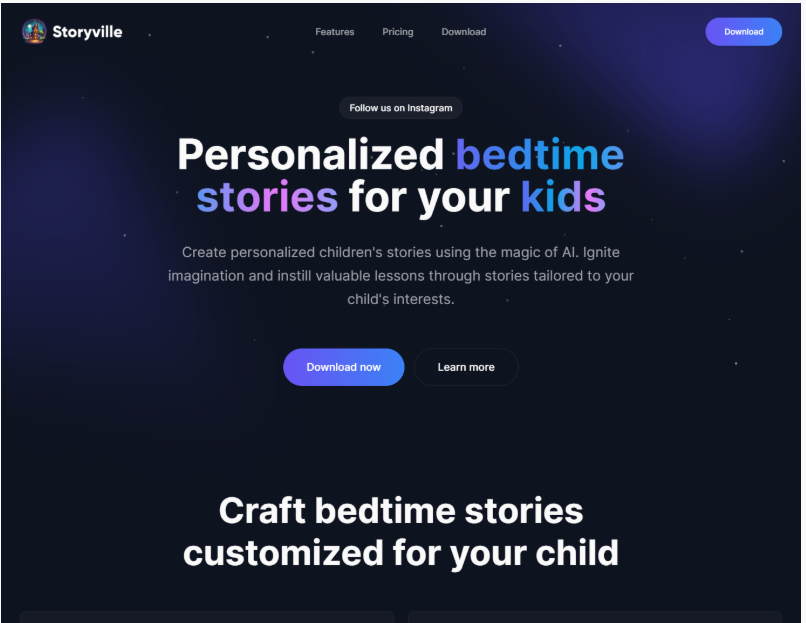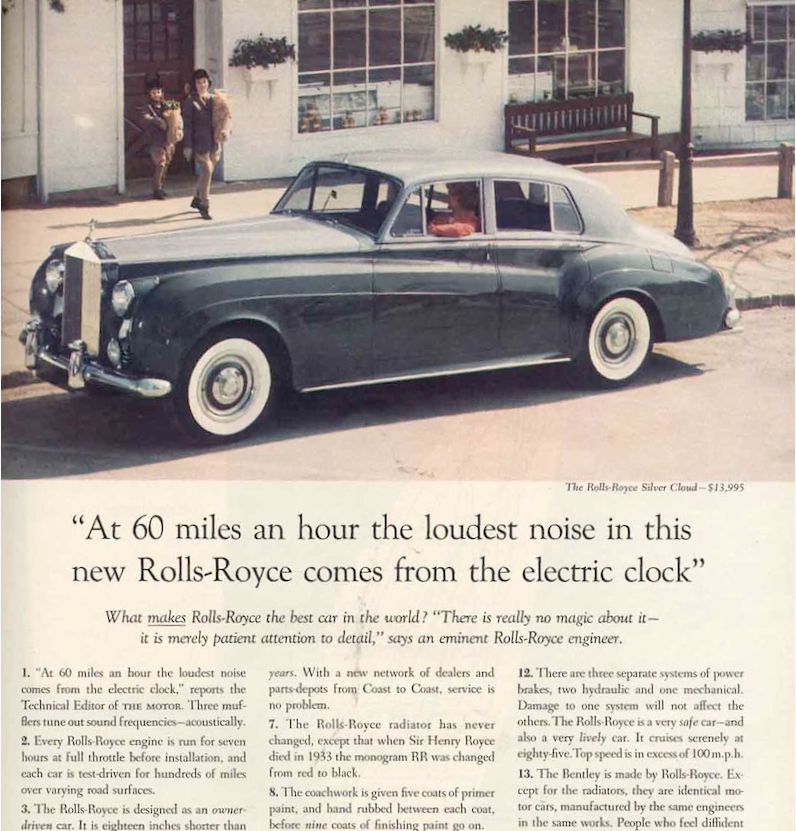Have you ever seen an ad and thought, “I don’t even know what they’re trying to say…”
Yeah. So has everyone else.
Most people think the key to a good promotion is clever writing, flashy visuals, or packing as many buzzwords as possible.
But none of that matters if the core idea doesn’t hit.
You can always polish your wording. You can always clean up the design.
But if what you’re offering doesn’t land right away with the person seeing it… it won’t matter how well it’s packaged. They’ll scroll right past.
There’s one simple test that can reveal if what you’re putting out actually works, before you spend a cent on ads.
And once you know what to look for, it’s obvious why some messages stick, and others don’t.
Let’s dig into it.
Before you write a single word of copy… Before you open Canva… Before you brainstorm emojis, edit a video, or argue over font choices…
You need to know if your core message, the central idea behind your ad, email, landing page, or offer, actually stands on its own.
Because if that idea doesn’t grab someone immediately, all the polishing in the world won’t fix it.
Here’s the test:
Say your core message — your value prop, offer, or pitch — to a stranger.
No visuals. No context. Just the raw sentence.
Now watch their reaction.
Do they lean in and say “Oh really?” or “Tell me more”? Or do they nod politely and then change the subject?
That single reaction tells you everything.
Here’s the part most marketers fumble.
They confuse “a lot of words” with a strong idea. Or clever phrasing. Or creative angles. Or (god help us) “brand personality.”
But at the heart of every winning campaign, whether it’s a single billboard or a 47-email funnel, is a message so good, so resonant, that even a clunky version could convert.
A weak idea dressed up in clever copy is still a weak idea.
But a strong idea in plain clothes? That sells.
Let’s play this out.
❌ “Discover the revolutionary new paradigm for inbox excellence…”
✅ “We’ll sort your emails and get rid of spam in one click.”
One sounds cool. One gets clicks.
Here are 3 sanity-check questions that work almost every time:
Would a real human being, upon hearing your offer, say:
“Oh! That’s actually really interesting…”
If not, your idea is probably too weak or too complicated.
People don’t buy solutions to abstract problems. They buy relief. Advantage. Security. Status. If your message doesn’t clearly tie to a human desire, it won’t stick.
This is a version of the Feynman technique.
If a kid can’t understand what your business does (and why it matters)… you’re not being clear enough.

“Explore the next frontier of AI-driven narrative generation for child development enhancement!”
What’s wrong here:
“Personalized bedtime stories for your kids.”
“Create personalized children’s stories using the magic of AI. Ignite imagination and instill valuable lessons through stories tailored to your child’s interests.”
Why it works:
Takeaway:
This proves you don’t need to be flashy — just clear.
You could write this idea on a sticky note and it would still sell.
“Revolutionize your lower body kinetic output with our elite biomechanical elevation protocol.”
What’s wrong here:

“FINALLY DUNK LIKE A TOTAL BADASS…”
“The ONLY Proven 3-Step Jump Training Program That Adds AT LEAST 9 – 15+ Inches To Your Vertical Jump… In Less Than 8 Weeks.”
Why it works:
🟡 Takeaway:
This message is loud because it knows exactly who it’s talking to.
No fluff. No filler. Just a high-impact promise backed by specificity.

“Introducing a flagship luxury sedan featuring cutting-edge engineering, bespoke craftsmanship, and timeless sophistication.”
What’s wrong here:
“At 60 miles an hour, the loudest noise in this new Rolls-Royce comes from the electric clock.”
Why it works:
Takeaway:
The best part of this line? You can’t “unsee” it.
Once it’s in your head, every other car feels loud. That’s the power of a sharp idea.
Each of these “bad” examples had access to the same source idea as the good ones.
The only difference was the way the message was shaped.
When you:
A good idea, stated clearly, will always outperform a clever-sounding one that says nothing.
If you want help tightening your core idea, clarifying your offer, or building marketing that actually gets attention and drives sales…
Book a call with Purple Bunny Marketing.
We’ll look at what you’re putting out and show you how to make it land better with the right people.








